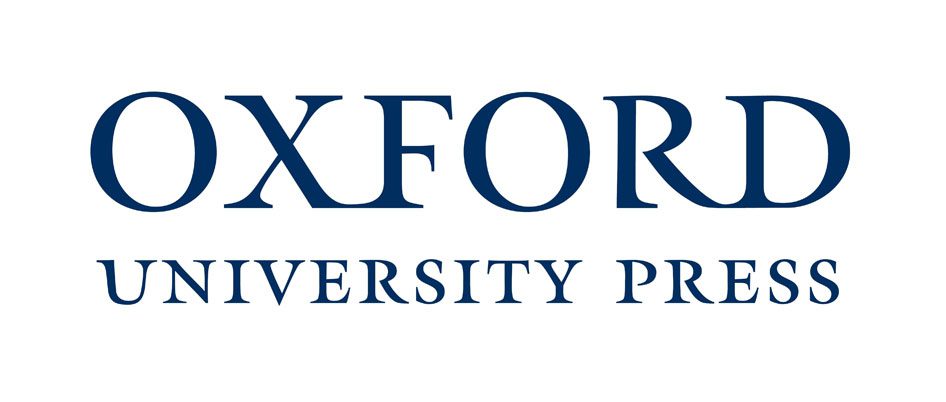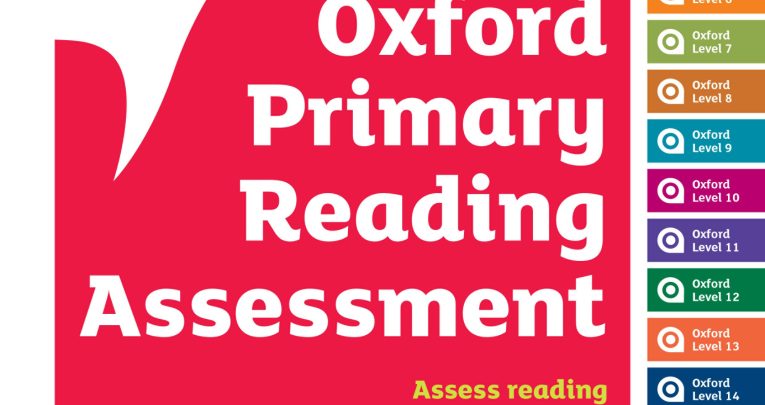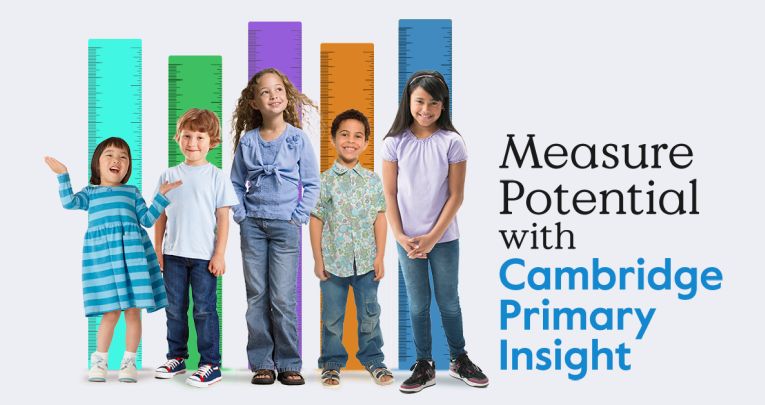Reviewed by Louise Sage
Schools throughout the country are spending hours trying to find a way to prepare our children for the upcoming 2016 National Tests. What with old QCA and SATs tests being out of date, schools are struggling to create a system that tracks progress and informs planning.
Getting to grips with the new standards and expectations, alongside developing a new assessment procedure that is robust and consistent, is also a significant challenge. Reading, in particular, has proven to be difficult to assess under the new programmes of study due to changes in expectations. This handbook could be the answer.
Oxford University Press (OUP) has designed a comprehensive and robust whole school solution to teacher assessment of reading. Their aim – ‘To ensure that all children develop their full potential as readers by acquiring a wide range of skills and an enthusiasm for reading’ – runs throughout this handbook as a thread of consistency. It has been written by experts and thoroughly trialled in schools, therefore creating a well-thought out approach to assessment for reading.
Comprehensive assessment OUP, working alongside the highly regarded Ros Wilson and Sarah Threlkeld-Brown, have produced a comprehensive assessment framework that takes each Year Band’s objectives and uses them as ‘I can’ statements.
Just like the previous Criterion Scale [PDF], produced by Ros Wilson to support the assessment of writing, each ticked objective adds up to help teachers in making judgements. The Oxford Reading Criterion Scale (ORCS) has been cleverly matched to the yearly expectations set by the new 2014 NC and supports teachers in assessing, tracking and reporting on pupil attainment and progress. So, how would it actually work in school?
The ORCS can be used for summative assessments at different points throughout the year, or for regular formative assessments of children as their learning progresses. For each year group there is a list of criteria that supports the 2014 National Curriculum. You tick them when they have achieved it, put a cross if they haven’t or a dot to indicate where understanding is not quite secure, thus indicating obvious next steps. By adding up the ticks the child can be assessed as not yet working at standard, developing, secure or advanced.
Fine examples Teachers’ judgements are supported by ‘Comprehensive Conversations’, which can be carried out as a Guided Reading session. This is a realistic and effective approach for teachers to use as an alternative to ‘testing’ children with a written comprehension. The question stems for the different Reading skills, such as retrieve, explore, deduce and infer, are undeniably invaluable and something I would introduce to support the teaching of regular GR sessions in my school!
Another successful addition to this handbook, is the exemplification of the expected standards at the end of each year group, which are provided to support teacher judgement. These are key to consistency across a whole school and understanding what is now being expected of children.
The other invaluable feature of this Reading Assessment handbook is the link between assessment outcomes and book choice. As a large proportion of primary schools across England are resourced with books from Oxford programmes such as Oxford Reading Tree, Project X and TreeTops – which follow the same colour bands and Oxford Levels – links between each standard and book band colour have been developed. Therefore, we can now use our judgements through our teacher assessments and link them to the appropriate colour band or Oxford Level according to the new NC objectives.
I, for one, know that this has been a headache in our school, as we are extremely well resourced with many colour banded books but are not sure how they fit in with the new NC expectations. The chart, with suggestions of progression through the age ranges and links to other book levelling systems such as Reading Recovery and Read, Write Inc., gives teachers a great starting point from which to choose appropriate books for children to read, with the right level of challenge to help them move forward and develop mastery.
VERDICT: A viable solution If your school is looking for a comprehensive, whole-school approach that breaks down children’s reading development into small steps and uses teachers’ best- fit judgements against National expectations, then this could be the system for you.












